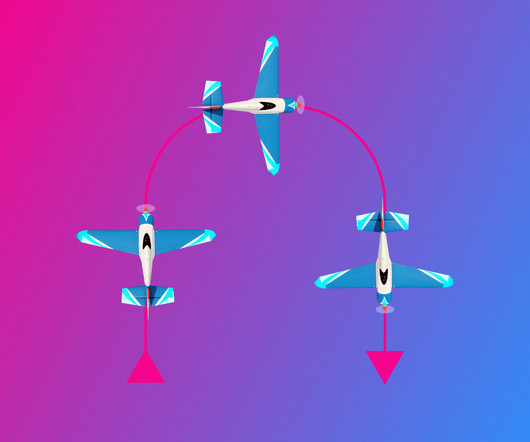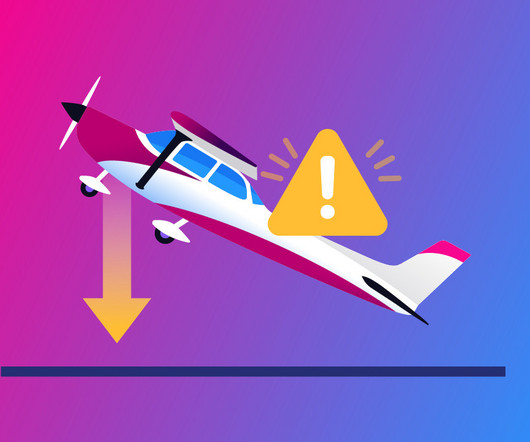Stall Turn (Hammerhead) Explained
Pilot Institute
MARCH 24, 2025
It consists of a vertical climb, a rapid turn of the vertical axis , and a vertical descent. Just prior to reaching a point where the aircraft stops all upward motion, the pilot applies full rudder input to yaw the aircraft and point the nose straight toward the ground. Lets learn more about this maneuver and what makes it so unique.


















Let's personalize your content